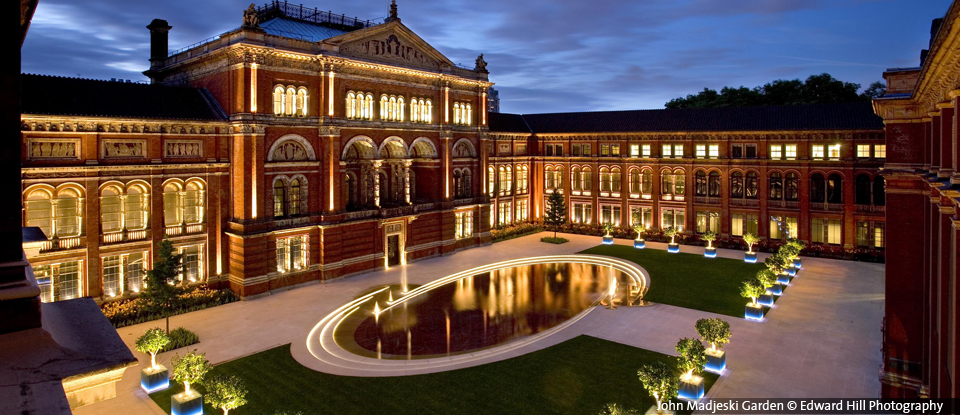
This year, Taking the Plunge: art librarianship as a career option was held on the 20th of April in the Stuart Hall Library at Iniva. The day garnered interest from delegates at different stages of their careers and from a variety of institutions, and brought them together with an equally interesting range of speakers who spoke informally about the ways in which they had progressed into art librarianship and the nature of their work at present. The interludes, led by Darlene Maxwell, gave continuity to the day, drawing similarities from each presentation to address the role of the art librarian in general. The intimate setting encouraged a conversational tone and truly made the event a “workshop”, encouraging an easy dialogue between delegates and speakers.
Without apparent coordination, the speakers echoed each other in their view of art librarianship. They painted a picture of a multifaceted profession that drew from a wide skillset. The speakers spoke of the “art library” as a broad term as well, describing institutions in a wide range of physical spaces, with collections that covered more than one subject-area or interest group. Consequently, their advice often revealed the value of thinking laterally; the career histories of each of the speakers made clear that art librarians can exist in different incarnations and use their skills in roles that do not overtly declaim them as “librarians” or “information professionals”.
Andrew Gray and Nicola Saliss stressed that the “art library” must be different for the users of visual resources have a visual approach to learning in general. Gray explained the fundamental need to evaluate the concept of “data” in an arts context specifically, thinking broadly about the forms these can take and questioning the semantics of the word “data” for the user of the arts repository. Unexpectedly, he also stressed that the digital interface of the art repository had to be aesthetically pleasing as well as functional to prevent resistance from art practitioners in making use of the provision. From her experience working as the Information Specialist for Art, Design and Architecture at Kingston University, Salliss, spoke about working in an arts library integrated in a larger academic institution. She drew out the notion that artists and tutors present an entirely different audience to those in a typical academic setting by addressing the joys, and challenges, of working with (and for) a diverse user-group with a range of interests, unpredictable research skills, and often alternative approach to learning.
On the subject of getting into the field, the need for internal and external advocacy and professional awareness through all levels was made paramount. In each of their talks, Helen Williamson, Evelyn Jamieson, and Ayesha Khan (in their range of experience) emphasised how a thoughtful positive and proactive approach to work could directly lead to career progression or a betterment of the workplace and your role within it. Williamson’s account of the Library Closure Project and her efforts, and success, in saving the Horniman’s Museum Library were particularly astonishing and inspiring. Interesting, she stressed the importance of knowing when to be dispassionate and when to ask for help. Her insight into the life of a sole librarian corroborated the advice of the other speakers on the advantages of networking and how this could be done successfully using social media.
The more practical aspects of each of the talks, in providing helpful hints for applying for work in the sector were well-balanced and coordinated. It was refreshing to hear from Sue-Hill representative Donald Lickley, a recruiter with personal working experience in the library sector. Jamieson and Khan, that had both recently sought, and acquired, a new job in the sector, presented an illuminating parallel. Jamieson, still early in her career, was very relatable and counterbalanced Khan’s voice of experience. She spoke about the various opportunities for training offered by ARLIS, CILIP and other professional organisations and exemplified, with personal anecdotes, that they were not as out-of-reach as they might seem. She also offered advice on how to maximise the output of training, explaining that by writing reports and sending feedback she was able to ensure a continued allowance for professional development after she became employed. Khan’s talk brought valuable insights into how a librarian with greater experience markets herself for interview. She stressed the importance of being involved and mindfulness within a larger organisation and team; it was her view that “soft skills” become more important as you progress through your career and the public person becomes more visible and as such shouldn’t be ignored from the start.
The day ended with a short history of the Stuart Hall Library by Nicholas Brown and a walk through of the libraries collections through time. The depth of knowledge about how the collections were built through relationships with art movements and individual artists over time was impressive; one to aspire to should we ever end up in charge of a library of that kind.
I am sure I speak for all attendees in saying the day was incredibly helpful and has certainly met all expectations in providing helpful insight into art librarianship. Thank you to all the speakers, the staff of INIVA, and ARLIS for organising the workshop.
Michelle Cook, Trainee at the Codrington Library, All Souls College, Oxford.
This piece will also appear in the ARLIS newsletter. Thank you to the committee for letting me publish it here.



Recent Comments